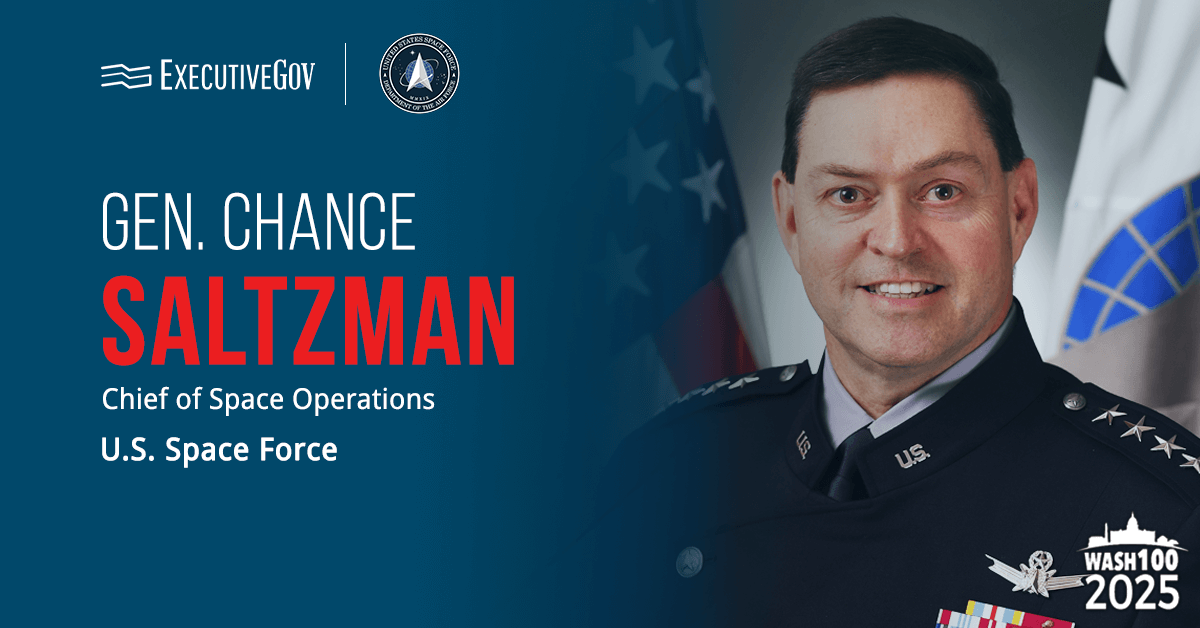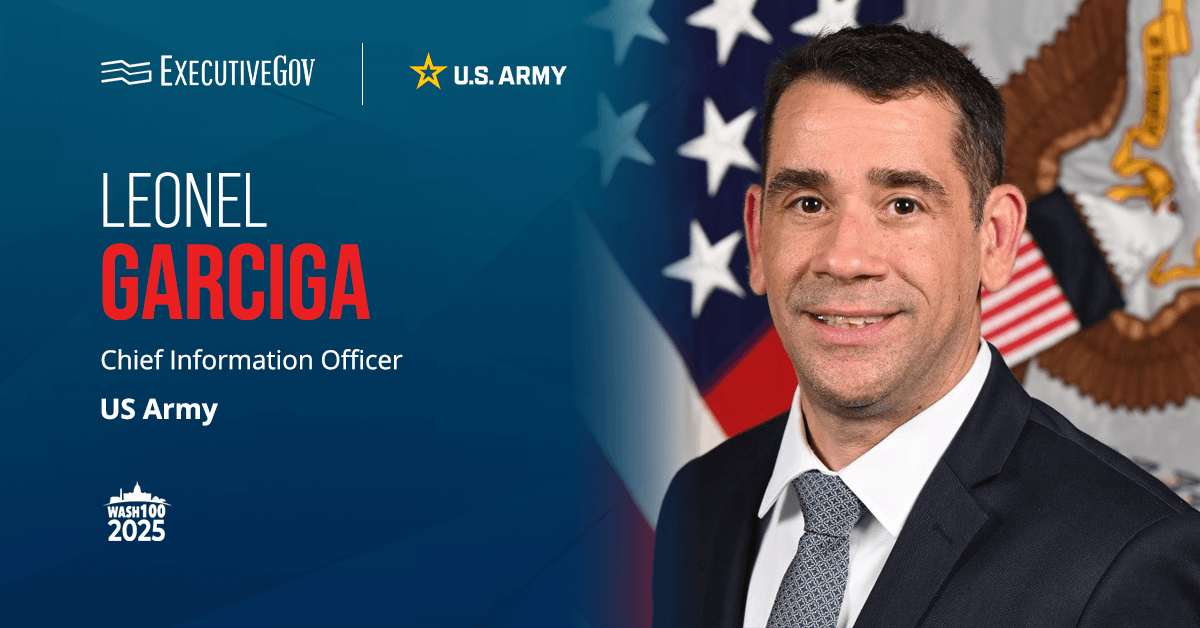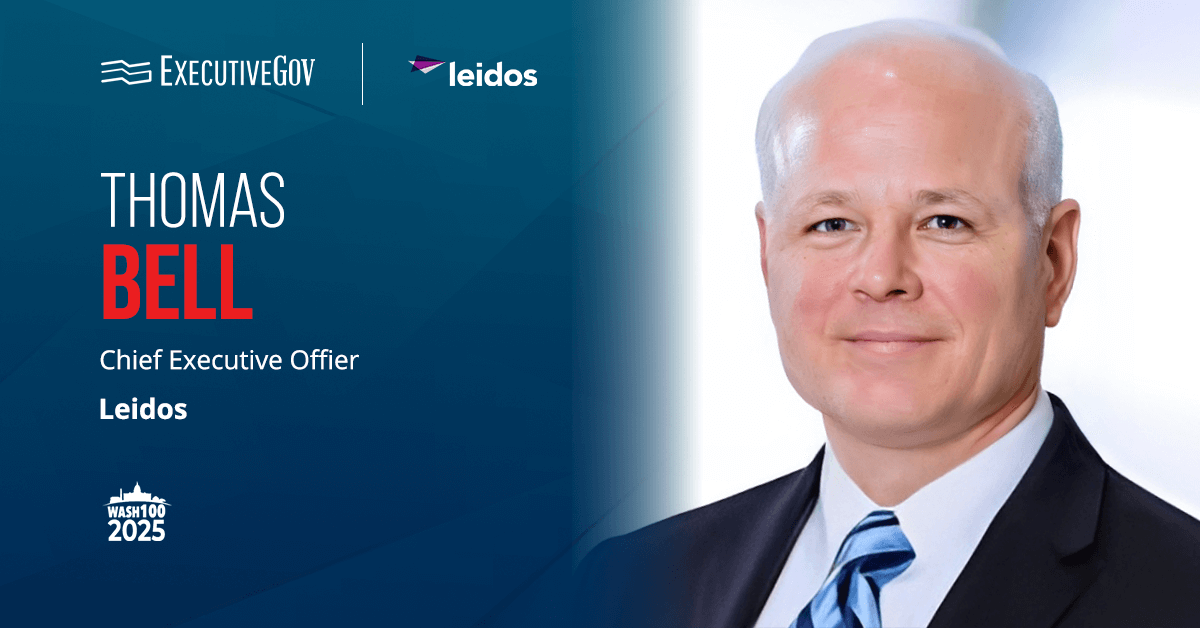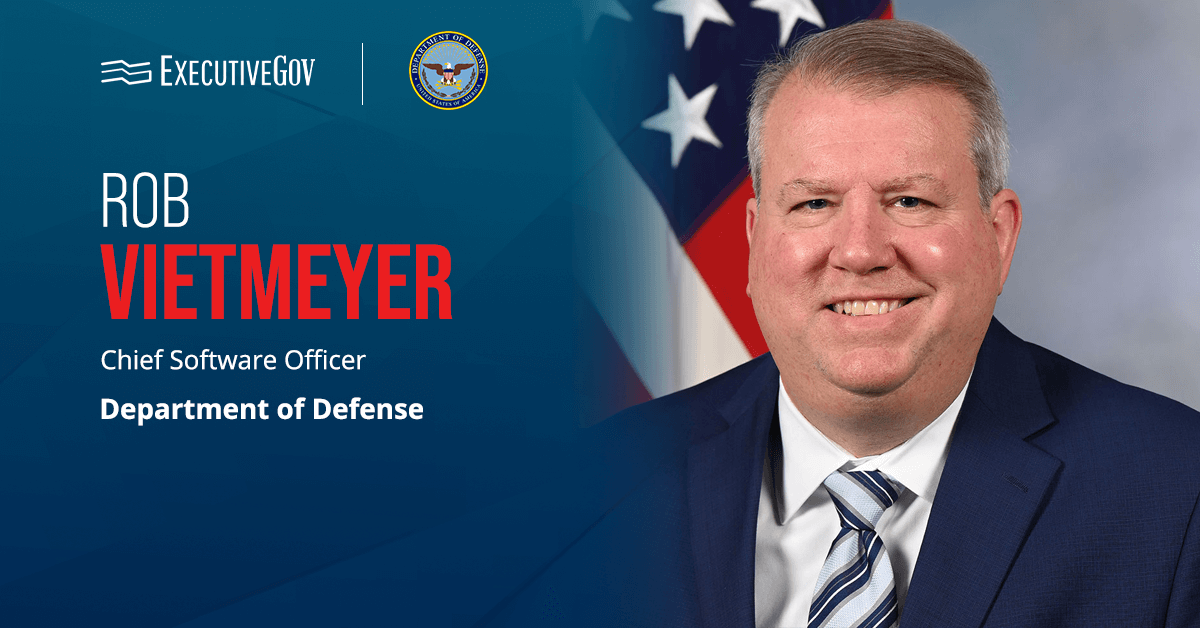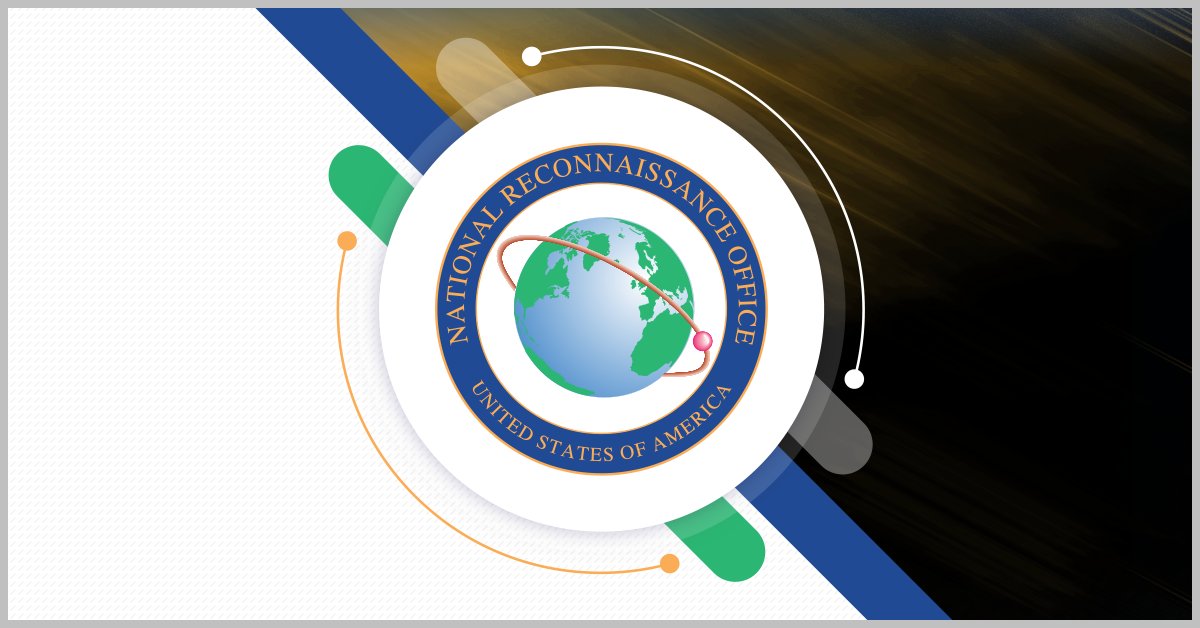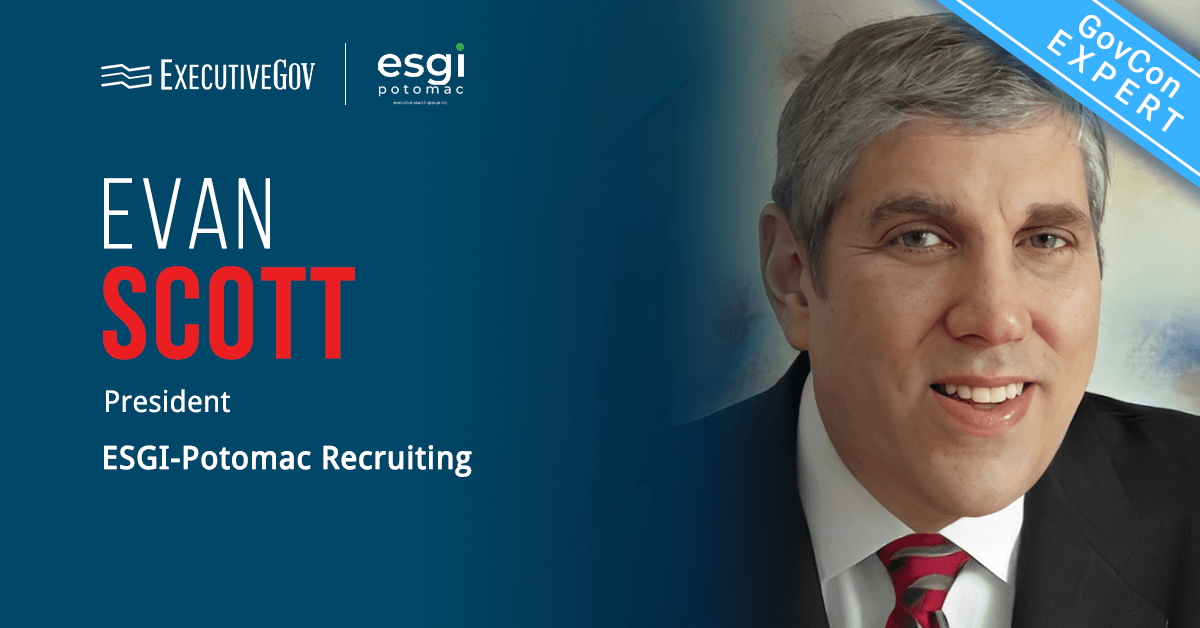AT&T and First Responder Network Authority have launched 1,000 new cell sites using Band 14 spectrum to bolster connectivity on FirstNet, a nationwide network designed for America’s first responders.
AT&T’s Public Safety Network Adds Cell Sites
AT&T said Monday it managed to deliver the new cell sites in 46 states and the District of Columbia, nine months before the scheduled launch. This recent development is part of the company’s 10-year investment initiative in collaboration with the FirstNet Authority aimed at enhancing the nation’s public safety network and extending its dedicated Band 14 spectrum to more critical public locations.
The new sites will help first responders enhance their capabilities to perform their missions. Many of the cell sites are strategically located in rural, territorial and tribal areas, as well as in critical public safety locations such as hospitals, police departments, fire stations and courthouses. The expansion provides extended coverage, capacity and dedicated spectrum, along with FirstNet MegaRange services that provide a signal that is six times stronger than other carriers.
“These new sites are another major step forward in providing the network that public safety deserves,” said Joe Wassel, executive director and CEO of FirstNet Authority. “We have worked closely with first responders to ensure the network delivers reliable, resilient coverage wherever their mission takes them.”
“Whether in major cities like Boston or rural areas like Butler, Pa., first responders require reliable communication that is always protected in any emergency,” said Scott Agnew, president of FirstNet. “An entire dedicated program of ‘firsts,’ FirstNet is setting the bar for public safety communications so this vital community stays at the forefront of innovative, lifesaving technologies.”




